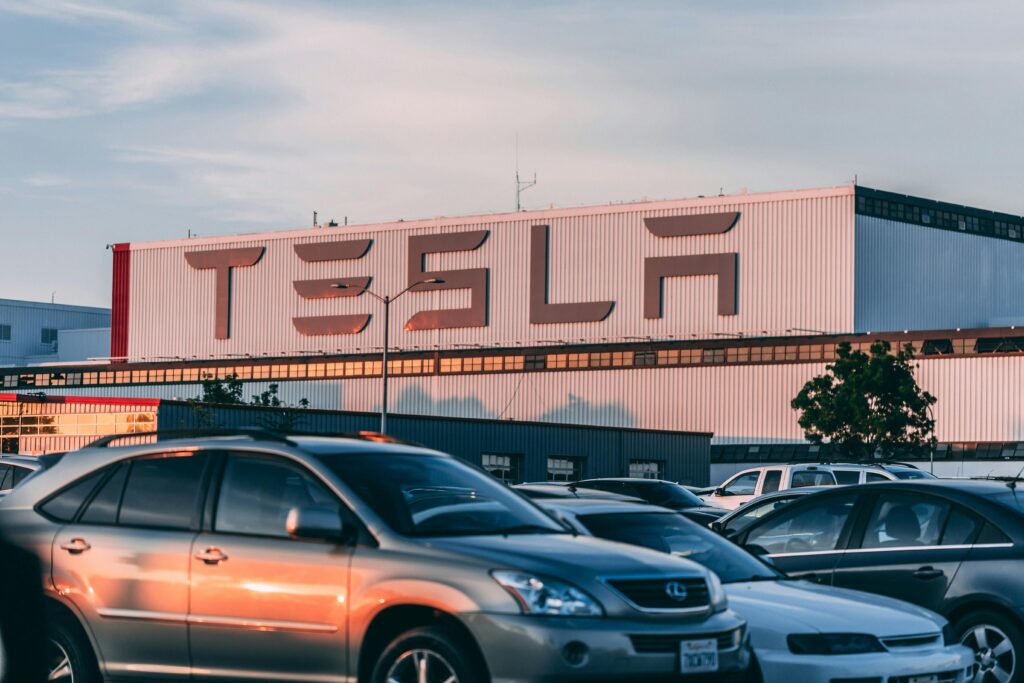The sale of electric vehicles (EVs) in the U.S. is hitting new heights, even as government policies and incentives remain unclear. The U.S. continues to break records for EV adoption in the second half of 2024 and early 2025, where consumers seem more than ready to trust automobiles that offer sustainable transportation. Political transitions accompanied by possible pullback of policies are a red flag for the EV growth rate going forward.
While the arguments surrounding federal funding, tax incentives, and financial support for charging infrastructures drags on, will it be possible to sustain “Record EV Sales in The U.S” for the long term? With this post, let’s analyze the unprecedented peak of EV sales, the effect of policies, and the forecast of the electric vehicle market in the U.S.
Table of Contents
1. The Unmatched Growth of “Record EV Sales in The U.S.”
The United States is on rapid shift towards electric mobility and EV adoption is forecasted to grow in 2024 exponentially.
Key Figures on “Record EV Sales in The U.S.”



This rise can be attributed to technological progress, growth in affordability, and an increase in consumer awareness about the benefits of EVs.
2. What’s Driving the “Record EV Sales In The US”?
Despite political headwinds, a number of factors are already supporting the adoption of EVs throughout the nation.
1. There is Strong Consumer Demand for EVs



2. Improving the EV Charging Infrastructure



3. The Commitment Of Automakers To Electrification


Kia, Hyundai, and Volkswagen are foreign brands that are enhancing their EV presence in the United States.
4. Locals Chipping In To Further Enhance EV Adoption



With these factors, the headline “Record EV Sales in the U.S.” achieved in previous years, is bound to come true, but uncertainty around policies may put a twist in the tale.
Also Read = Tesla Sales Drop in Europe : What’s Behind the Decline ?
3. Breaking The Uncertainty: Will It Put A Pause On Growth?
Adoption of electric vehicles has reached heights never seen before, however, recent activities made by the government can disrupt how the industry will develop in the long-term.
1. Potential Rollback of Federal EV Incentives



2. Halting Financial Support For EV Charging Facilities



3. EV Battery Tarde Policy and Tariffs



These policies are causing worries for investors, consumers, and automakers due to its unpredictability.
4. Can the U.S. Sustain “Record EV Sales In The U.S.” Without State Funding?
There is a chance for the “Record EV Sales in the U.S.” to continue existing even after reducing federal funding and incentives.
1. Reduced Prices of EVs



2. Automakers Are Prepared To Shift To Electric Cars.

3. Private Entities Filling the Infrastructure Gap



As we have seen, government stances may change, but even then the momentum of ‘Record EV Sales in the U.S’ is too powerful.
5. Conclusion: Will The U.S. Continue to Break EV Sale Records?
The U.S. EV market scope is vast, but the effect of policy modifications is ambiguous.
Key Takeaways:




What’s Next for EVs in the U.S.?



It is clear that nothing else, “Record EV Sales in the U.S.” signifies a notable milestone in the changeover to sustainable transportation.
Do share your views in the comments. Will the trend of adoption of EVs continue to accelerate, or will a change in policies bring a deceleration?


